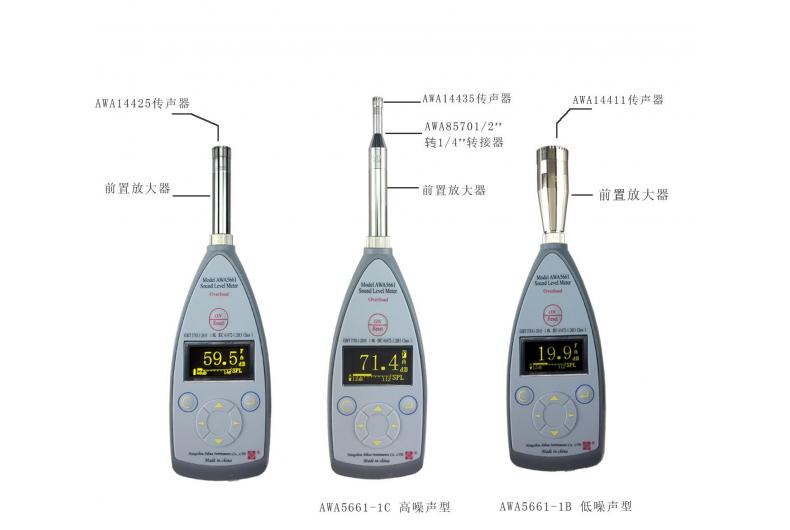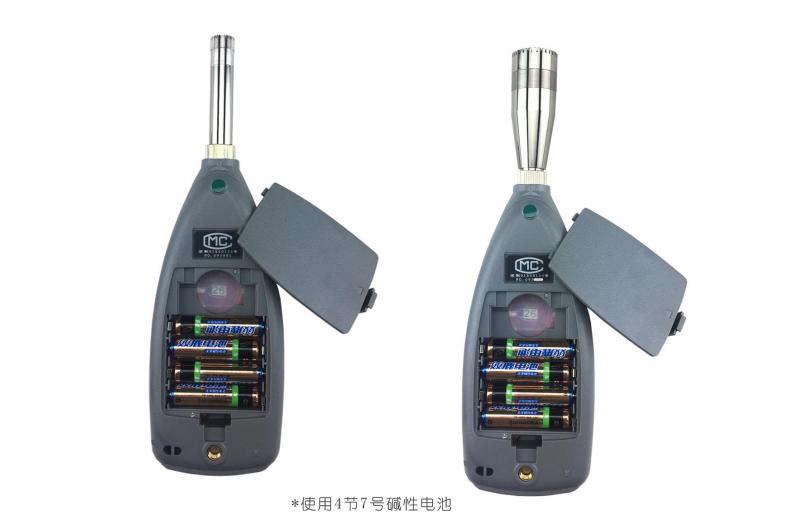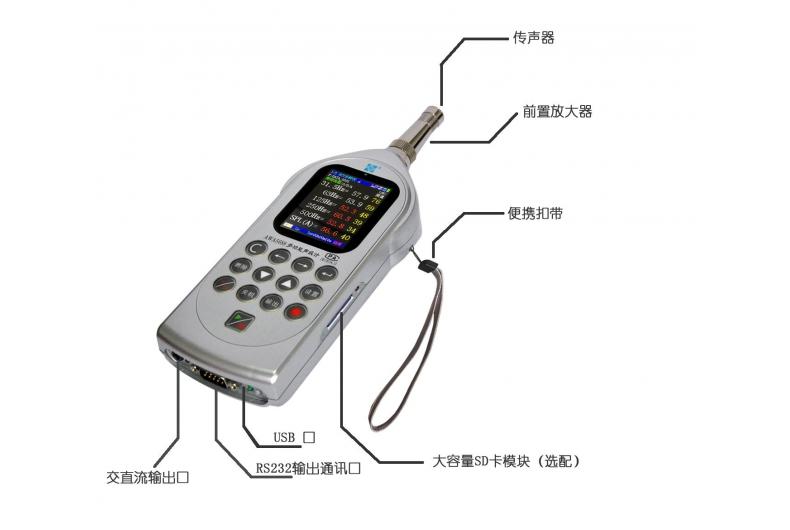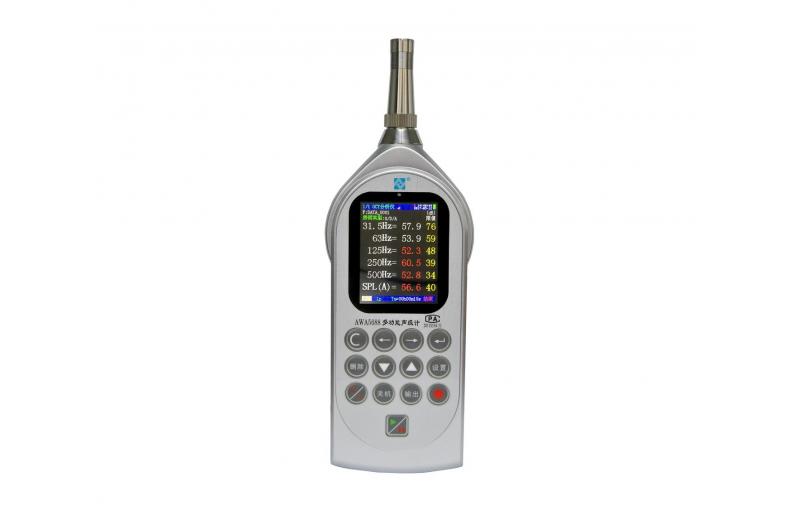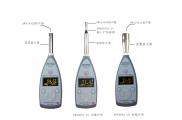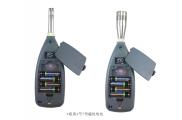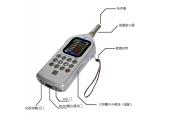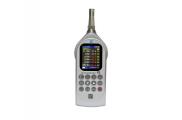Product Description
Introduction:
With the acceleration of urbanization, noise pollution has become a major problem affecting people's quality of life. In order to effectively monitor and control noise pollution, noise testing instruments have emerged. This article will give you an in-depth understanding of the principles, types and applications of noise testing instruments, and help you choose the appropriate noise testing instruments to ensure a quieter and more comfortable living environment.
1. Principle of noise testing instrument
Noise testing instruments mainly receive sound signals through microphones, then convert these signals into electrical signals, and process and analyze them through corresponding circuits. Finally, the instrument will display the processed data in the form of numbers or charts so that users can understand the noise in the environment.
2. Types of noise testing instruments
1. Noise meter: Also called a sound level meter, it is a common noise testing instrument. It usually has a simple operating interface and portability, making it suitable for on-site measurements.
2. Sound spectrometer: It can display the frequency distribution of sound and help users understand the spectral characteristics of noise. Spectrometers are commonly used in acoustic research, product development, and other fields.
3. Noise dosimeter: used to measure the dose of exposure to noise over a period of time to assess occupational health risks. Noise dosimeters are commonly used for noise monitoring in workplaces.
4. Noise recorder: It can record noise data in the environment for a long time and analyze it through software. Noise recorders are commonly used for environmental noise monitoring and acoustic studies.
3. Application of noise testing instruments
Noise testing instruments are widely used in construction, transportation, industry and other fields. In a home environment, noise testing instruments can be used to measure indoor noise levels so that appropriate noise reduction measures can be taken. In addition, you can also choose different types of noise testing instruments according to actual needs, such as waterproof, dustproof, easy-to-carry and other functional noise testing instruments.
4. How to choose the appropriate noise testing instrument
When selecting a noise test instrument, the following factors should be considered:
1. Measurement accuracy: Choose a noise testing instrument with high precision to ensure the accuracy of the measurement results.
2. Functionality: Select noise testing instruments with corresponding functions according to actual needs, such as sound spectrum analysis, noise dose measurement, etc.
3. Ease of operation: Choose a noise testing instrument that is simple to operate and easy to use to quickly obtain measurement results.
4. Portability: If on-site measurement is required, a noise testing instrument that is small in size and light in weight should be selected for easy portability.
5. Durability: Choose a durable and drop-resistant noise testing instrument to ensure service life.
Conclusion:
As an effective noise monitoring and control tool, noise testing instruments are worthy of our in-depth understanding of their principles, types and applications. Choosing the right noise testing instrument can not only help us understand the noise situation in the environment, but also provide us with corresponding solutions to ensure that our living environment is quieter and more comfortable. I hope this article can help you better understand noise testing instruments and bring real help to your life.
